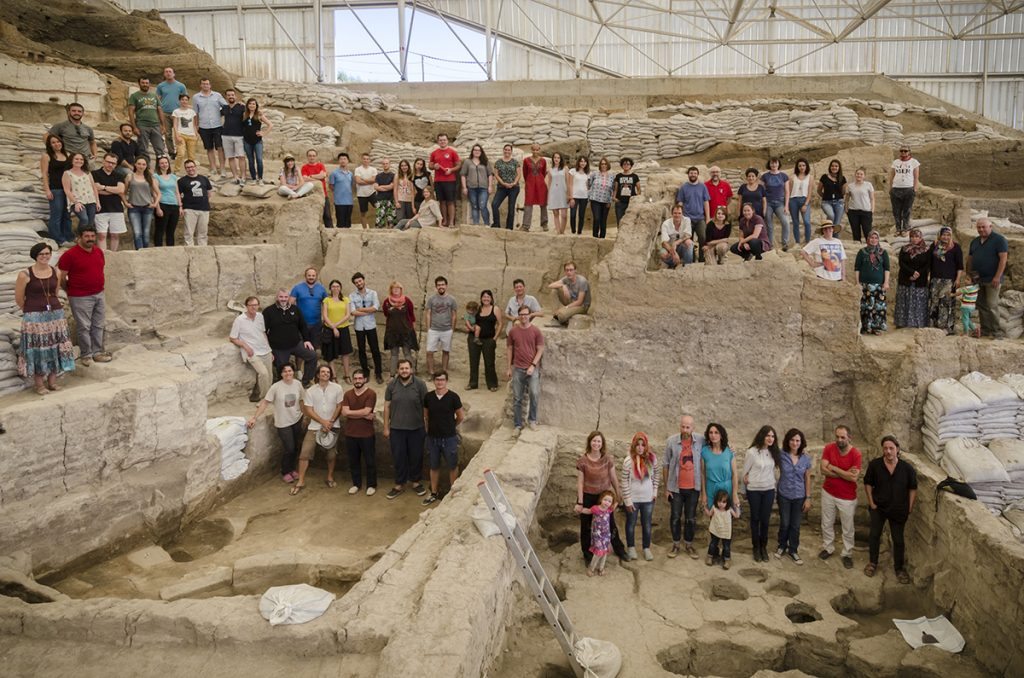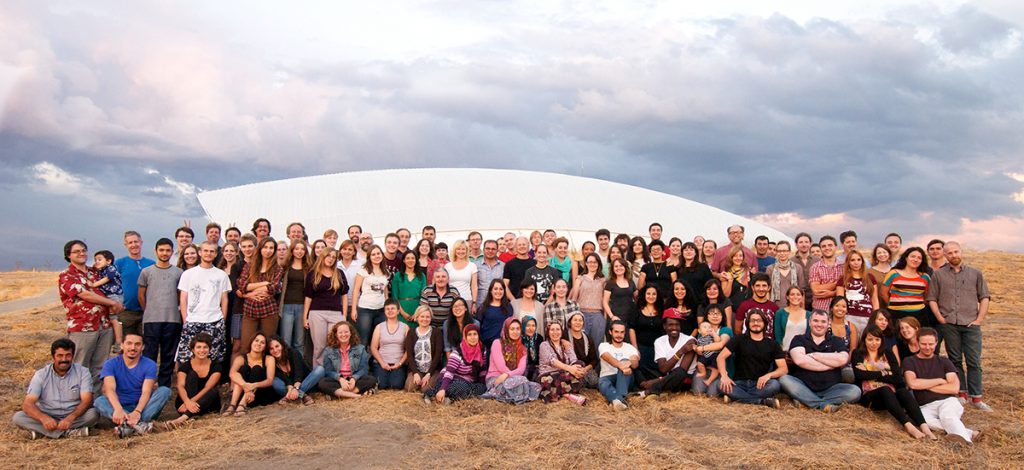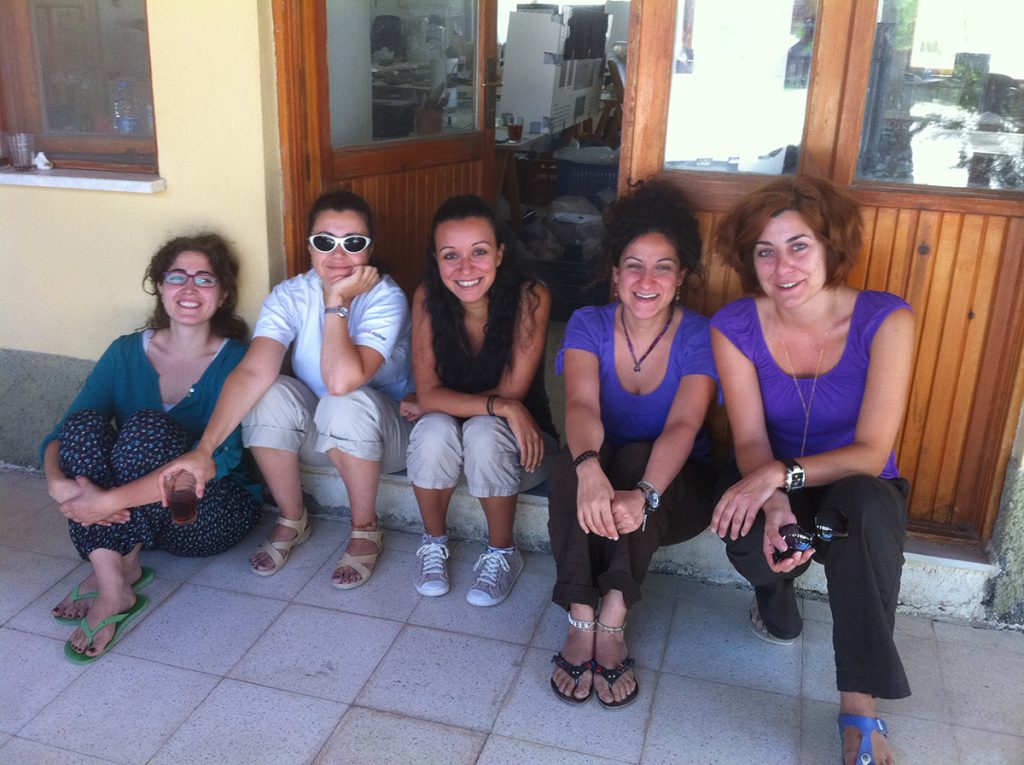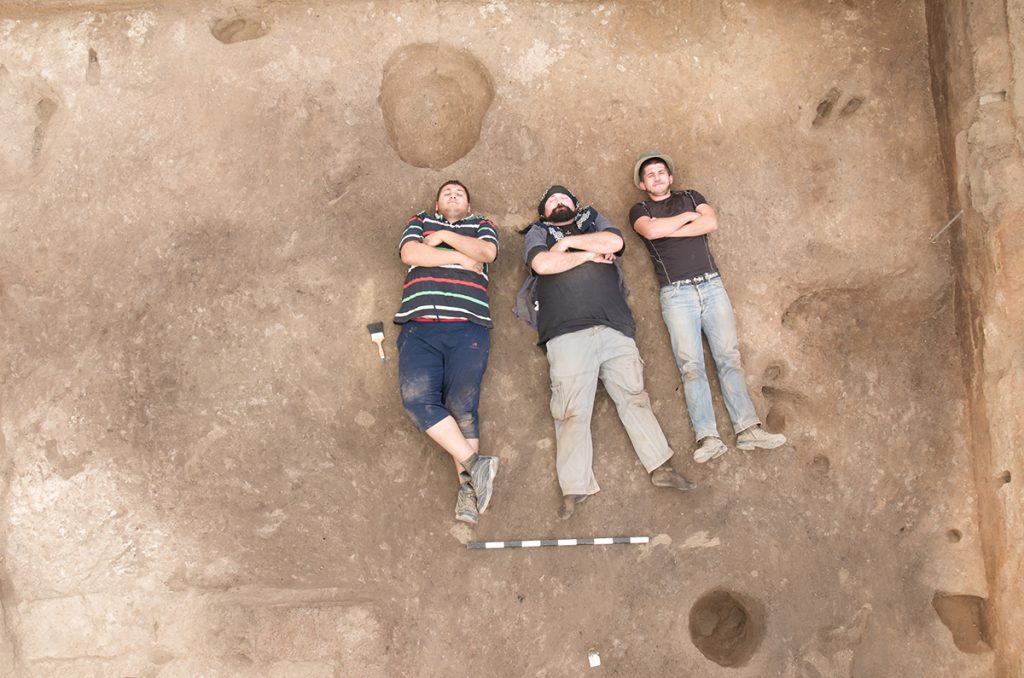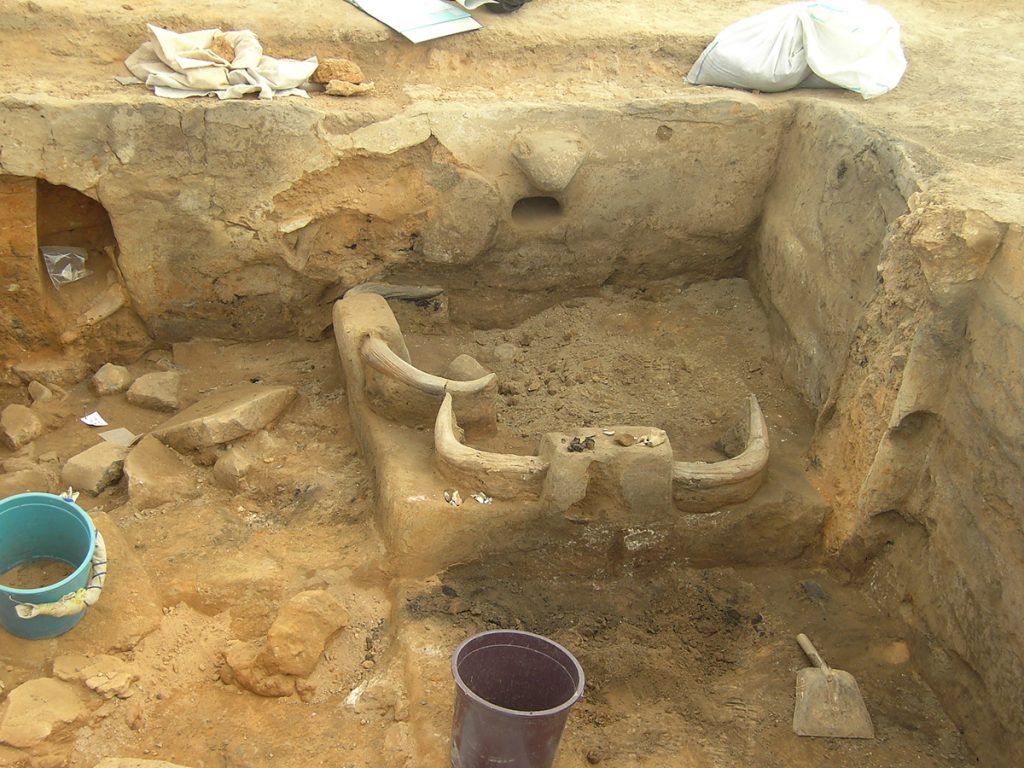Timeline Çatalhöyük
2017
2017
Studies are currently underway, and we are approaching the end.
2016
2015
2014
2013
2013
Building 52 in the North Shelter, where one of the oldest pieces of linen was found, was burned before it was abandoned. The fire had an oven-like effect on the floor and platforms of the building and hence preserved the burials along with pieces of fabric. Examination conducted in the Çatalhöyük labs revealed that the fabric had been weaved out of flax. This was not only one of the earliest pieces of fabric ever produced, but also one of the best-preserved.
2012
2011
2010
2010
Publications works continued at full steam.
The use of various technologies was necessary to provide different perspectives to the documentation process. A team from University of California, Merced participated in the excavations, and brought the 3D laser scanning solution which became one of the techniques of the project.
A conference titled “Religion as the Base of Power and Property in Neighbor Settlements and Anatolia in the Neolithic Period” was held.
2009
2008
2008
Although great discoveries have been made since 1993, these seemed less ground-breaking when compared to the findings from Mellaart’s large-scale excavations. At the end of 2008, we finally had the “Mellaart season.” During this season, well-preserved bases with attached bull horns, and wall paintings were found, which Mellaart would have called a temple (Building 77).
The construction of North Shelter was completed.
